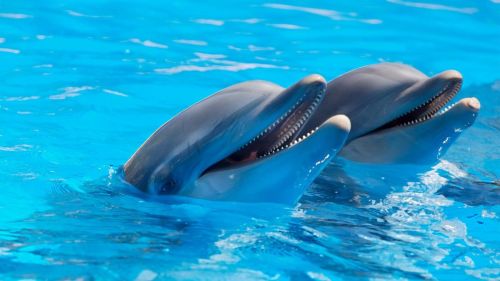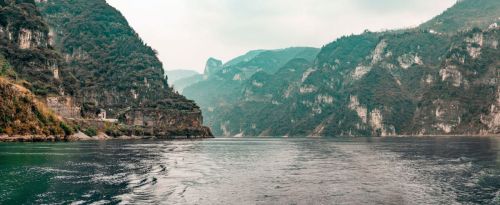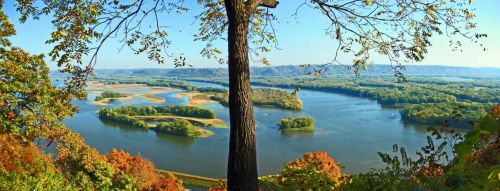In the year 1500, European explorers stumbled upon one of the most remarkable wonders on the planet: the amazing Amazon River. This majestic waterway stretches across much of South America.
Throughout history, the Amazon River has served as a vital transportation route, facilitating trade and scientific expeditions into the heart of the Amazon Rainforest.
The Amazon River and its surrounding rainforest are unparalleled in their ecological importance. Often referred to as the "lungs of the earth," the Amazon Rainforest plays a critical role in mitigating climate change by absorbing vast amounts of carbon dioxide. This awe-inspiring ecosystem is home to an astonishing number of species of plants and animals, many of which are endemic and undiscovered by science.
It is home not only to animals but also to people, with some 50 million people living along its banks, representing about 400 ethnic groups.
He discovered the river in March 1500 while sailing along the coast of Brazil and named it Río Santa María del Mar Dulce, which was later shortened to Mar Dulce (Sweet Sea). The present day name may be derived from the indigenous people, led by women, who attacked the European explorers on the banks of the river.
This is a reference to mythical female warriors from Hellenistic culture.
It may be longer or shorter than the Nile, depending on the measurement criteria used. It's length may be anywhere between 6,275 and 6,992 km, while Nile is estimated to be between 5,499 and 7,088 km.
The mouth of the river is located in Brazil, but its exact location is difficult to determine due to complicated geography. The largest major city at the mouth of the Amazon is Belém, a port founded in 1616, which has about 1.5 million inhabitants.
There are three headwaters that are considered the source of the river: the Apurímac, the Mantaro and the Marañón (considered the main source of the Amazon).
It is estimated that about 400 different ethnic groups inhabit the banks and basin of the Amazon River.
It is part of the border between Colombia and Perú.
Hamza is about 6000 km long aquifer that flows at a depth of about 4 km and enters the Atlantic Ocean deep below its surface. The water in Hamza is salty as it mixes with deep salt deposits. The discovery of the underground river was announced in 2011.
While it is not impossible to build a bridge across the Amazon River, such a structure would not survive the rainy season. Each rainy season, the river's water level can rise more than 30 feet (9 meters), flooding a large amount of nearby land. Under such conditions, no bridge could survive. But the locals do not complain, because they used to cross the river in the most suitable way: boats and ferry.
Within it, there is a giant river island, Marajó, which is flanked on both sides by the Amazon River. It occupies an area of 40,100 km2.
Located almost on the equator, Marajó has 20 major rivers and is covered with savanna vegetation and palm swamps.
It is the world's largest species of river dolphin and one of the Amazon's greatest attractions. Usually these mammals can be seen swimming alone or in pairs, but some lucky ones may encounter larger pods.
There are over 3,000 species of fish, including the Red-bellied piranha, the Tucunaré Peacock bass, the Arapaima, the Armored catfish, and the Bull shark.
Up to 60 species of piranha live in Amazonian waters, as well as over 100 electric fish species, including the famous electric eel.
About 200 species are adapted to be frugivores. These feed mainly on forest fruits and seeds.
It is the largest caiman of the family Alligatoridae.

About 10 million years ago, the Amazon changed course from flowing into the Pacific Ocean.
The river's redirection was caused by the formation of the Andes, whose uplift created huge lakes in their eastern foothills. Over time, these lakes were filled with sediment that washed down from the slopes of the Andes with rainfall. Huge amounts of sediment gradually filled the lakes and continued to flow, raising the ground level. In short, as the surface of the western part of the continent rose above the eastern part, the Amazon River began to flow in the opposite direction.












